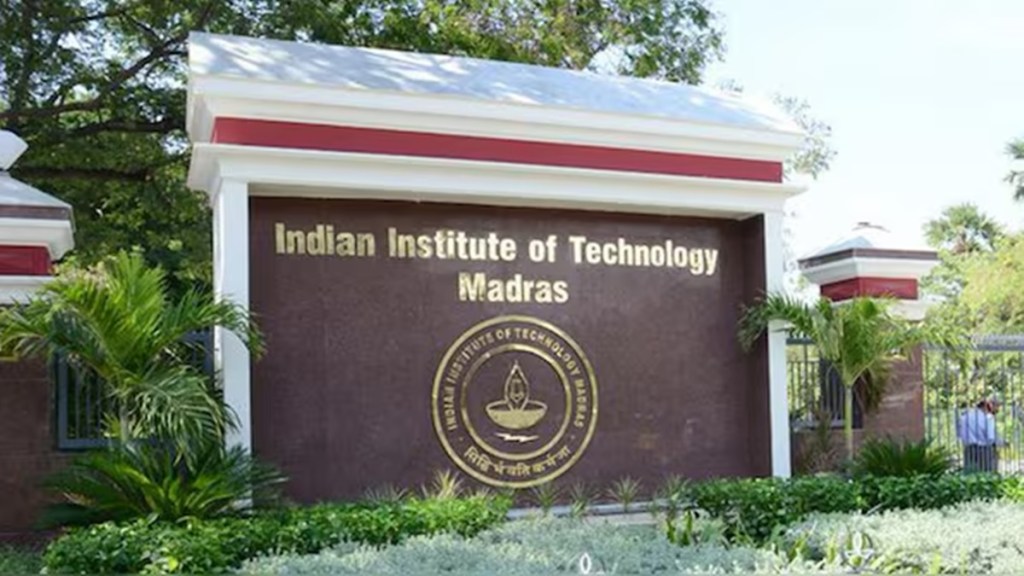Indian Institute of Technology-Madras (IIT-M), Indian Institute of Science (IISc) have bagged the first, second and third positions in the overall National Institutional Ranking Framework (NIRF) ranking for released by the ministry of education on Thursday.
IIT Madras, which has topped the list since 2019, also emerged on the top in rankings in other categories such as engineering institutes, innovation, and sustainable development goals.
Key highlights from the overall and university rankings
With nearly 7,700 institutions participating this year, NIRF rankings have shown a minor shake-up in the overall category with Banaras Hindu University (BHU) enetering the top 10 list, and IIT Guwahati falling out of it.
Besides, IIT Roorkee and Jawaharlal Nehru University (JNU) have improved their rankings this year. In the universities category, Birla Institute of Technology and Science, Pilani, has improved its ranking substantially by jumping from the 19 position in 2024 to the seventh position. On the other hand, Vellore Institute of Technology slipped from the 10th position in 2024 to the 14th position this year. Just like last year, IISc topped the universities rankings this year as well.
Delhi University colleges continue to dominate
Meanwhile, Delhi University’s colleges continue to rule the college-specific rankings, with six colleges of the university featuring in the top 10 rankings, including top five colleges, on the list — Hindu College (#1), Miranda House (#2), Hans Raj College (#3), Kirori Mal College (#4) and St. Stephen’s College (#5).
In all, NIRF 2025 received 14,163 applications for ranking by 7,692 unique applicant institutions, which included 4,045 in the overall category, 1,584 in engineering, and 4,030 in general degree colleges category.
While releasing the rankings, education minister Dharmendra Pradhan said that NIRF would evolve as one of the best accreditation frameworks, and involve more data-driven approaches, include more ranking parameters and categories, and on board more institutions going forward.
“NEP 2020 laid down a roadmap for the development of our higher educational institutions, including improving their accreditation, and that NIRF emerged as a trusted pillar in the journey of making Bharat a knowledge super power,” the minister said.
Currently, NIRF ranks institutions across 17 categories. For the overall category, there are five broad parameters on which institutions are analysed, including teaching, learning & resources (30% weightage), research and professional practice (30%), graduation outcomes (20%), outreach and inclusivity (10%), and perception (10%).
The first and maiden edition of NIRF rankings was released in 2016 in one category and three subject domains (universities, engineering, management and pharmacy). Subsequently, new categories and subject domains were added over the years. Initially, the participation in NIRF was initially voluntary but the government made it mandatory for all state-run educational institutions from 2018 onwards.

